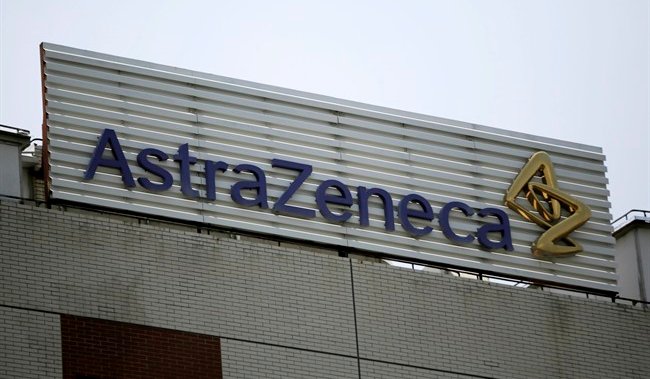
AstraZeneca COVID-19 drug prevents severe disease if given early, company says
Global News
The risk reduction was even better in patients who started therapy within just five days of initial symptoms, said company AstraZeneca.
AstraZeneca‘s antibody cocktail against COVID-19, which has proven to work as a preventative shot in the non-infected, was also shown to save lives and prevent severe disease when given as treatment within a week of first symptoms.
The drug, a combination of two antibodies called AZD7442, reduced the risk of severe COVID-19 or death by 50 per cent in non-hospitalized patients who have had symptoms for seven days or less, the Anglo-Swedish drugmaker said on Monday.
The risk reduction was even better in patients who started therapy within just five days of initial symptoms, but AstraZeneca joins an already crowded field of medicines that were shown to prevent deterioration in patients with mild disease when given soon after diagnosis.
AstraZeneca executive Mene Pangalos said in a media call that the treatment results would mainly underscore the potential future use as a non-vaccine prevention.
“If and when this is approved it will be used in the treatment setting as well. But the real differentiator for this antibody is going to be in the prophylactic setting,” he said.
Similar therapies made with a class of drugs called monoclonal antibodies are being developed by Regeneron, Eli Lilly and GlaxoSmithKline with partner Vir. These therapies are approved for emergency use in the United States for treating mild-to-moderate COVID-19.
Regeneron’s therapy showed 72 per cent protection against symptomatic infection in the first week, and 93 per cent after that.
GSK-Vir’s showed a 79 per cent reduction in the risk of hospitalization or death due to any cause, while Eli Lilly’s therapy showed a 70 per cent reduction in viral load at day seven compared to a placebo.












